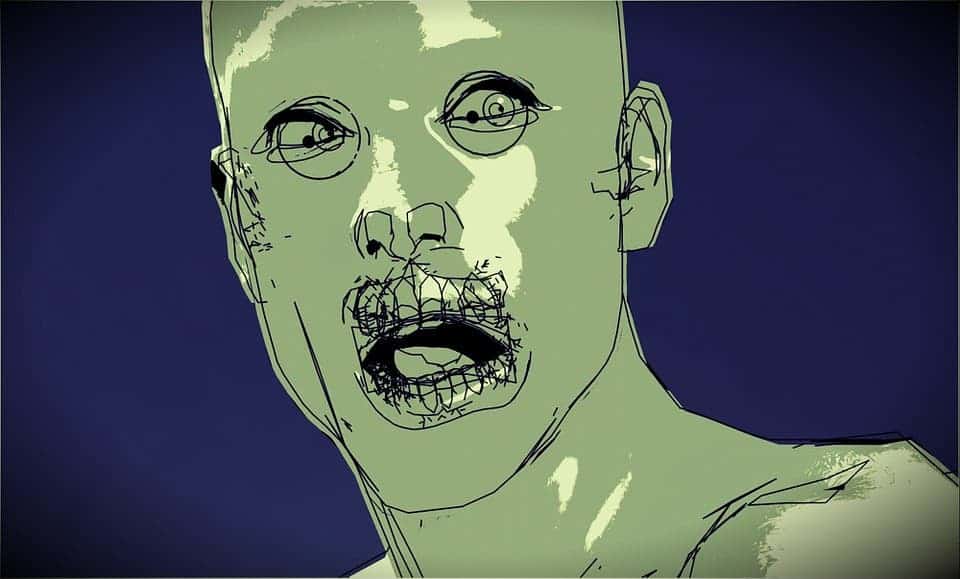
Studies on twins and families have time and time again found the risk of developing psychotic disorders is higher if siblings previously developed such a condition. This tells us that there’s an interplay of genetic factors that puts people at risk of developing mental illnesses. Identifying which genes or set of genes are responsible could help countless people but much like the unfortunate minds of the patients, such information is often hidden under a tangled mess of code. Yet in what can be considered a breakthrough, scientists have managed to find a new gene linked to psychosis.
A rare mutation
Large-scale genome-wide association studies have previously identified genetic variants that can be linked to psychosis among the general population. Such studies are useful but they often turn up with potentially ‘risky’ genes that have a small effect. Studies that attempt to uncover rare genetic variants that are rarely seen in the general population are much harder to come by. These are desirable and valuable because such genes must greatly raise the risk of psychosis within some families and are also associated with more severe forms of psychosis like schizophrenia.
One peculiar family from Iceland, however, seems to singlehandedly offer more insight into psychosis than dozens of studies before them. Here’s how.
The family in question has 10 members suffering from psychosis. Six are diagnosed with schizophrenia, two schizoaffective disorder while the last two have psychotic bipolar disorder. Without exception, each of them has hallmarks of psychotic symptoms like delusions and hallucinations.
After the genomes of each member was sequenced and thoroughly analyzed, the international team of researchers from Iceland, Finland, and Germany found a common denominator — all ten members carry a disrupting mutation in the RBM12 gene. Later, they found a family with a similar history mental illness from Finland where the psychotic members also carried this same mutation.
“In addition to identifying RBM12 … the work reported here provides a template for future familial studies of psychosis, suggesting that the mutations involved are likely to be recent, may be incompletely penetrant for psychosis, but lead to related phenotypes in carriers unaffected by psychosis, and are likely to act in concert with other sequence variants,” corresponding author Kari Stefansson, with Decode/Amgen and the University of Iceland, said in a statement.
That being said, of course, you can have psychosis without an RBM12 mutation. Just the same, you can carry the mutation and not be psychotic. Case in point, a dozen other Icelanders, all descended from the family in question, had the same RBM12 mutation but didn’t express psychosis symptoms. It’s a predisposition. The new findings, however, offer hope for the development of new drugs that can ease psychotic symptoms, especially those very severe forms of delusion and hallucination, by pinpointing potential biological pathways to target. As we find more psychosis-associated mutations such as RBM12, doctors can get a better grasp of the neurobiological mechanisms at work behind psychosis.
“Today’s capacity for whole-exome and whole-genome sequencing makes it likely that additional high-penetrance, familial mutations will be discovered,” Stefansson and co-authors wrote in their paper published in Nature Genetics.






